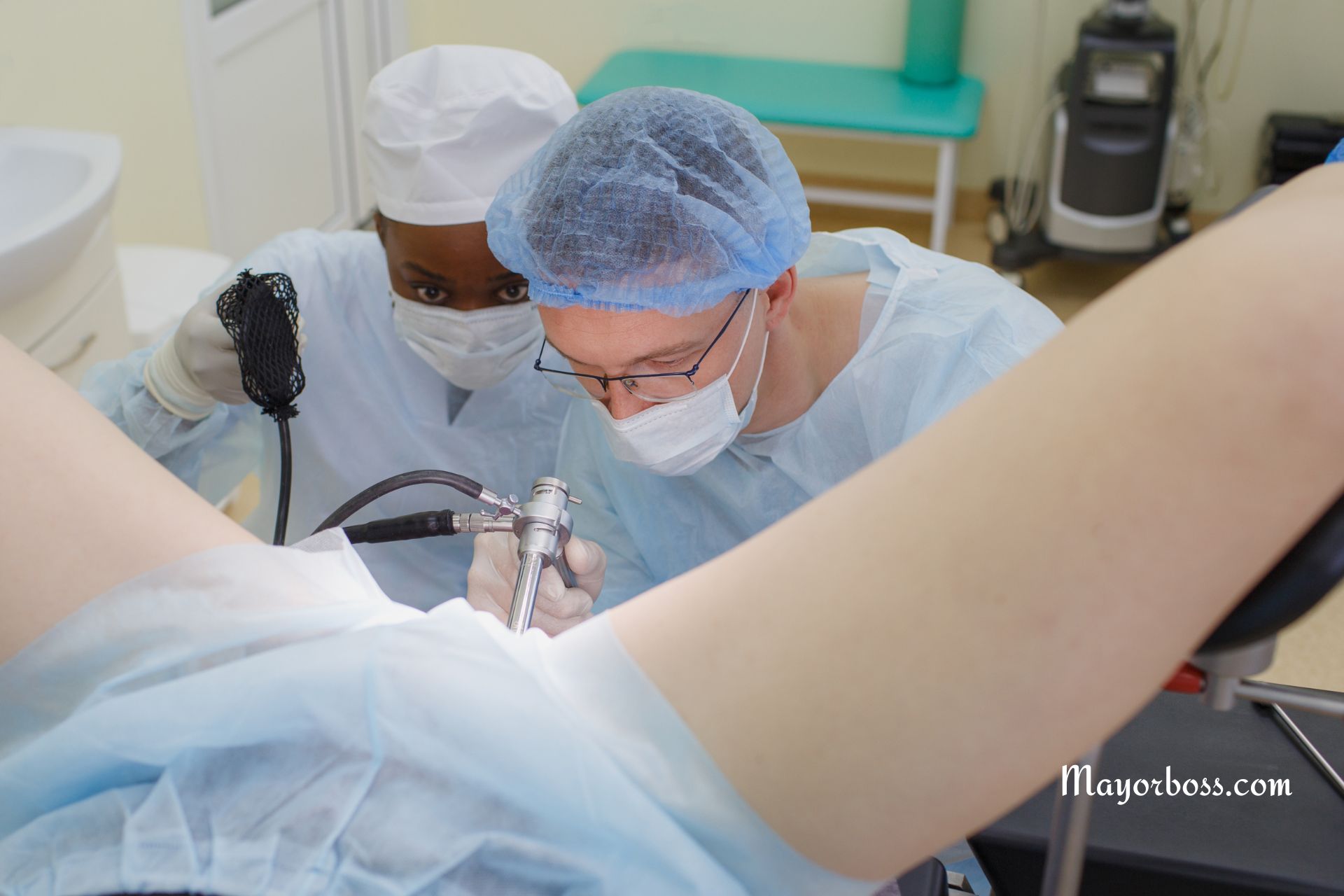Side And Back Pain After Colonoscopy: What You Need to Know
Undergoing a colonoscopy can feel like a daunting experience, yet it’s a crucial procedure for detecting issues in the colon and rectum, such as colon cancer or polyps. While it’s generally safe, you might experience some discomfort or side effects afterward. Side and back pain are among these potential discomforts. This article explains why you might feel side and back pain after a colonoscopy and what you can do about it.

What is Colonoscopy?
A colonoscopy is a medical test that allows doctors to look inside your colon and rectum. Using a long, flexible tube equipped with a camera, doctors can identify and sometimes remove any suspicious growths or polyps. The procedure is instrumental in preventing colorectal cancer by detecting potential problems early on.
Why Might You Feel Pain After Colonoscopy?
1. Air Insufflation
During the colonoscopy procedure, air is pumped into the colon to expand it and allow the doctor a better view. This can lead to discomfort and cramping after the procedure as the air moves through and exits your digestive tract. Typically, this discomfort should lessen and disappear within a few hours as the air dissipates.
2. Positioning During the Procedure
You’re usually asked to lie on your side during a colonoscopy. Depending on the procedure’s duration and your body’s response to being in a single position for too long, you might experience muscle stiffness or back pain afterward.
3. Polyp Removal
If polyps are found during the colonoscopy, they may be removed for further testing. This removal can sometimes cause cramping or discomfort in your abdomen, side, or back. However, such pain is usually mild and temporary.
4. Biopsy or Other Interventions
Similarly, if a biopsy is taken or any other intervention is performed, there might be localized discomfort or pain following the procedure. This should also be temporary and manageable.
Managing Post-Colonoscopy Pain
At-Home Care
- Walk Around: Gentle walking can help release any trapped gas, which can alleviate discomfort.
- Use Heat: Applying a warm heating pad to the area can help soothe muscle aches or cramps.
- Stay Hydrated: Drinking plenty of fluids can help your body recover more quickly and ease discomfort.
- Rest: Allow your body to rest and recover. If you were sedated for the procedure, you might feel tired for the rest of the day.
When to Seek Medical Advice
While mild side and back pain can be normal, there are signs that you should not ignore, indicating a need for immediate medical attention:
- Severe, persistent pain
- Fever
- Bloody stools or excessive bleeding from the rectum
- Dizziness or weakness
These symptoms could suggest complications such as perforation of the colon or severe infection, both of which require prompt medical intervention.
Frequently Asked Questions
1. How long does the pain last after a colonoscopy?
Typically, any discomfort or pain should subside within a few hours to a day after the procedure. Walking and moving around can help speed up the process of eliminating trapped gas, which often contributes to the discomfort.
2. Can I take pain medication after a colonoscopy?
Yes, over-the-counter pain relief, such as acetaminophen, can be taken for minor aches and pains. However, avoid NSAIDs (like ibuprofen) immediately after the procedure unless advised by your doctor, as they can increase bleeding risk.
3. Is it normal to have back pain after a colonoscopy?
While not everyone experiences back pain after a colonoscopy, it’s not uncommon. This can be due to the air insufflation during the procedure, the positioning on the examination table, or the body’s reaction to stress. Generally, this pain is temporary and should ease with time and simple home care measures.
